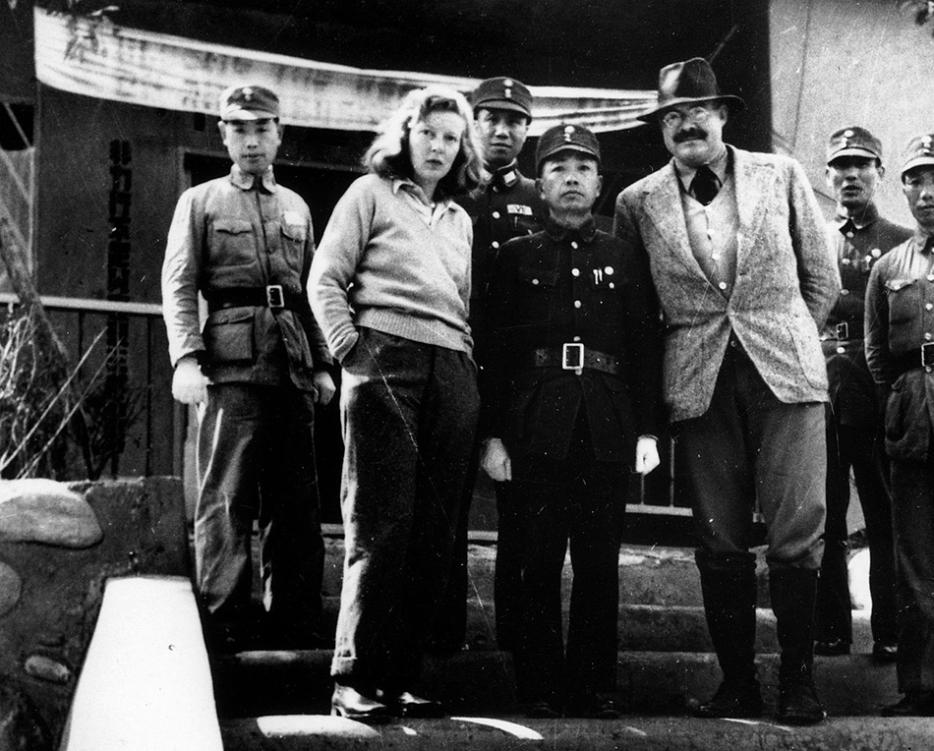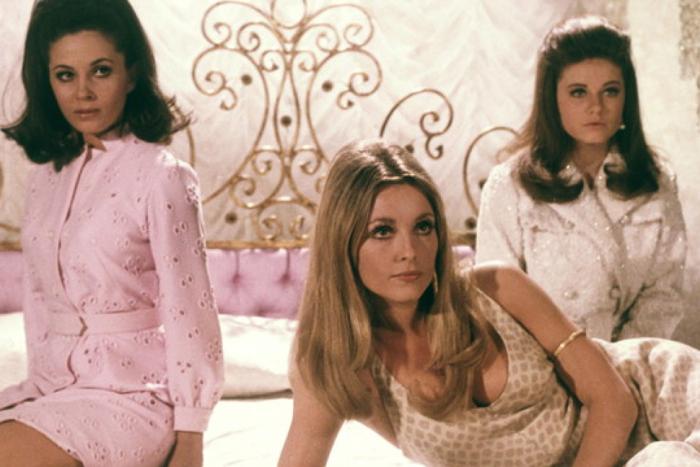In 1963, Martha Gellhorn was looking for a house. She had just split from her second husband, T.S. Mathews. She had covered the Spanish Civil War and World War II, and witnessed the D-Day landings at Normandy by hiding in a hospital ship. Now she wanted to swim in the ocean, laze by the pool, and drink whiskey. She had recently declared Africa the capital of her soul. A real estate agent promised her a white bungalow overlooking Nyali beach near Mombasa, Kenya. There was, according to the agent, a guest house, a swimming pool, and a yard covered in bougainvillea.
Gellhorn noticed nothing wrong until the car pulled off onto what appeared to be a dried creek bed and made a slow approach to the house. The yard was a desert littered with rusty cans and an abandoned bicycle. The pool was a concrete pit with a puddle of greenish water and dead lizards and crabs at the bottom. Every last surface inside the house was covered with filth.
The house was a nightmare of Old Testament proportions. First, there were monkeys who stomped on the iron roof. Next, a bush baby infestation. Then came the rains, which brought every manner of flying, biting insect. One day, Gellhorn walked into her sitting room and discovered a black mamba. “Where are we?” Gellhorn’s Spanish housekeeper cried. But whether Gellhorn realized it or not, this was exactly what she wanted.
In Caroline Moorehead’s Gellhorn: A Twentieth Century Life and Selected Letters of Martha Gellhorn, Gellhorn’s “dream of the perfect house” tells a story that Gellhorn’s war reporting couldn’t. Her houses were her desires and fears manifest in brick and mortar, as perhaps all of our houses are. Vulnerability is hard to find in Gellhorn’s deadpan journalism. Take her piece “The First Hospital Ship”: while she and a few soldiers swim, they hear shelling and mine explosions but “We decided it would be wisest to just go on swimming.”
Gellhorn declared a war on domestic boredom, which she called “the kitchen of life,” or occasionally, “the kitchen of death.” Moorehead wrote that cooking made Gellhorn “frantic with irritation and impatience.” When she arrived in Spain to cover the civil war, it was only with a windbreaker and a knapsack of canned food. She traveled the world reporting, never settling for long. However, in her hunger for a place to call home, Gellhorn’s vulnerability is electric.
It started with Finca Vigia, the house she rented with Hemingway in Cuba in 1939. Its tennis courts were cracked. The foliage was wildly overgrown, empty gin bottles were strewn in the yard, and a drain smell permeated the premises. Then in the early ‘60s, Gellhorn became entranced by the idea of building a house from scratch on five acres between Valencia and Alicante in Spain. She wanted to grow fruits and vegetables.
During the Spanish Civil War, whenever there was shelling, she and Hemingway would open their windows so the glass wouldn’t smash and listen to Chopin on a gramophone. On first glance, it seems cavalier. But on second, perhaps the opposite is true; perhaps it was a desperate need for beauty and rhythmic order in a senseless and inhumane environment. Her houses were likely much the same: a comforting stopover between the chaos of wars and relationships that always somehow seemed to disappoint her.
*
After her initial glimpse of the Nyali house, Gellhorn went into Mombasa and returned with seven painters, four men with pickaxes, and several Indian carpenters. The house was well scrubbed and brightly decorated. One day the rains finally stopped and the bugs left. Grass grew in the yard. Martha bought a gramophone and drank whiskey on the terrace listening to Brahms, Beethoven, and Chopin. When no one was around, she lay naked by the pool. This house on the brink of being swallowed by the wild was a way to indulge her seemingly conflicting desires for action and comfort. But there is also desperation in all the painting, the planting, the banishing of wild beasts, and the creation of luxury.
For people in need of large, loud, and dangerous diversions, meaninglessness lurks everywhere. “Yes,” Gellhorn wrote, “life is tough and toughness carries us through and on average I’m as tough as the next one: but the further thought is—why trouble?” Gellhorn was allergic to boredom but seemed to find it everywhere. Once she dismissed an interviewer saying, “This conversation is so boring I think I’m going to faint.” She drank and smoked all her life and declared, “All this health stuff, it bores me.” After her second marriage ended, she declared marriage boring as well. She would abruptly end friendships, should that friend have the misfortune of growing dull.
“I only have to go to a different country, sky, language, scenery, to feel it is worth living,” she wrote. But implicit is the suggestion that sometimes life didn’t feel worth living. She needed brighter stimuli: the kind of house where death might be coiled in her sitting room, where monkeys paraded across the roof and glared at her while she wrote. She needed both the Chopin and the artillery fire. To tame the house was to tame the restlessness because it was demanding enough, dangerous enough to momentarily hold her in thrall and drown out that dark little voice that wondered, “why trouble?” When you are actually at risk of dying--during war or when confronted by deadly snakes--there is little time to wonder if life is worth living.
Gellhorn’s houses never held her interest for long. She left the house in Nyali for the war in Vietnam. She gave up her plans for the five acres and vegetable farm in Spain due to a lack of well water, but perhaps she realized that it was better not to relive past glories. She didn’t last a year at Finca Vigia with Hemingway. World War II was impossible to resist. She left him in a state of despair, declaring that he was “stinko deadly lonely without her.” When her absence continued, he demanded, “Are you a war correspondent? Or wife in my bed?” He was asking her to choose, but Gellhorn wanted both. They divorced in 1945.
*
In the end, Gellhorn conceded, “I have never found what I was seeking and probably never will.” Domesticity and adventure are not easily balanced. She settled in a carefully but sparsely decorated flat in London. When she was 89, going blind and diagnosed with ovarian cancer that was spreading quickly to her liver, she put on a silk slip, turned on an audio book, climbed into bed, and swallowed a cyanide capsule.
Before taking the capsule, she took care of household business. She organized her papers, gave away her jewelry, and called a friend to discuss Bosnia, and Clinton, and the fact that she would not be able to visit him that week. There were tulips in her room. Why bother canceling plans, dealing with papers and jewelry on the doorstep of oblivion? Perhaps because nonexistence is terrifying, because we cannot really comprehend that soon there will be no papers, or jewelry, or plans, or bodies to dress in silk. Going about these mundane rituals makes the enormity of nonexistence a little more palatable. With a cyanide capsule between your teeth, you might suddenly need a vase of tulips on your dressing table.






